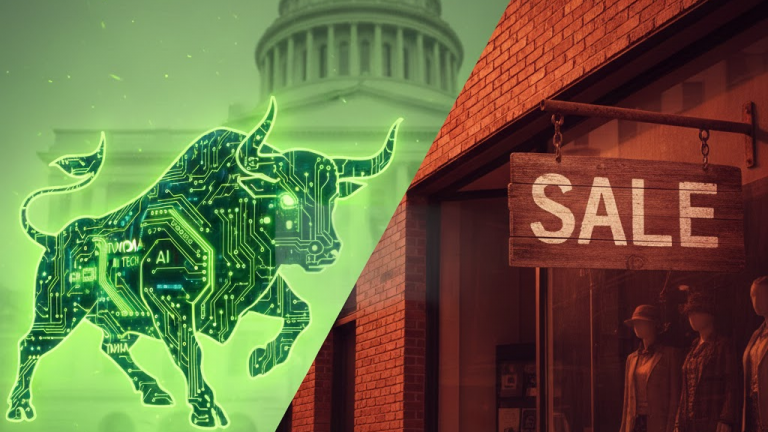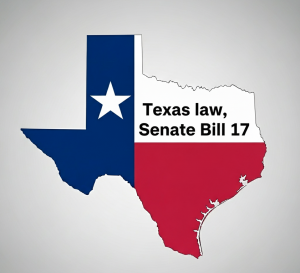Summary:
The latest U.S. jobs report for August 2025 came in significantly weaker than anticipated, with a meager addition of only 22,000 jobs and a slight uptick in the unemployment rate to 4.3%. This slowdown, coupled with downward revisions to previous months’ data, provides the Federal Reserve with a strong justification to cut interest rates at its upcoming September meeting. For investors, this signals a clear shift in monetary policy towards easing, which could boost stock and bond markets but also raises concerns about the underlying health of the economy.
The Core News (What Happened?)
The U.S. Bureau of Labor Statistics reported that nonfarm payrolls rose by a mere 22,000 in August, falling dramatically short of economists’ expectations of around 80,000 new jobs. The unemployment rate edged up to 4.3%, its highest level since late 2021. Furthermore, employment figures for June and July were revised lower by a combined 21,000, indicating that the labor market was even weaker in the early summer than initially reported. Job gains were concentrated in healthcare and social assistance, while sectors like federal government, manufacturing, and wholesale trade saw declines.
Context & Expectations
Heading into the report, market consensus predicted a gain of approximately 80,000 jobs and for the unemployment rate to hold steady at 4.2%. The actual figures represent a significant miss, confirming a cooling trend in the labor market that has been developing throughout the year. The average monthly job gain in 2025 is now under 75,000, a stark contrast to the robust hiring seen in previous years. This slowdown is largely attributed to the cumulative effect of the Federal Reserve’s past interest rate hikes aimed at curbing inflation.
Potential Implications (The Bull vs. Bear Case)

Bull Case: Proponents of a more optimistic outlook suggest that a cooling labor market is precisely what the Federal Reserve has been aiming for to ensure inflation returns to its target without triggering a deep recession. Analysts at Investing.com believe this weak report gives the Fed a “green light” to begin cutting interest rates, which would lower borrowing costs for businesses and consumers, potentially stimulating economic activity and supporting asset prices. This scenario, often referred to as a “soft landing,” could see the stock market rally in anticipation of looser monetary policy.

Bear Case: Conversely, some economists are concerned that the rapid deterioration in the labor market could be a harbinger of a more significant economic downturn. As noted by Scott Anderson, chief U.S. economist at BMO Capital Markets, hiring is “slumping dangerously close to stall speed.” A report from AP News highlights that the number of long-term unemployed is rising, and job gains are narrowly concentrated in just a few sectors. If the labor market continues to weaken, it could lead to a decrease in consumer spending, which is a primary driver of the U.S. economy, potentially leading to a recession.
Disclaimer: This article is for informational purposes only and does not constitute financial, investment, or legal advice. The information provided is a synthesis of publicly available data and expert analysis and should not be considered a recommendation to buy or sell any security. Investing in the stock market involves risk, including the possible loss of principal. Past performance is not indicative of future results. Readers should consult with a qualified financial advisor to determine an investment strategy that is suitable for their own personal financial situation and risk tolerance.






















